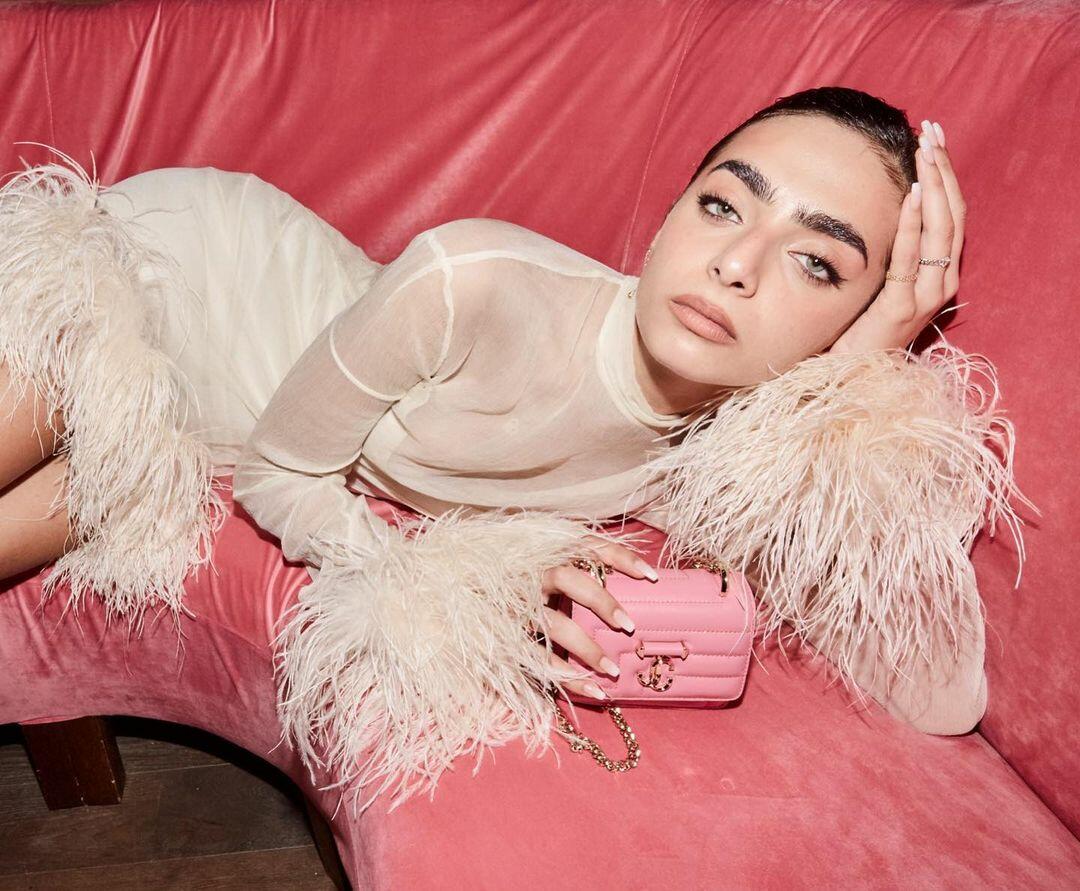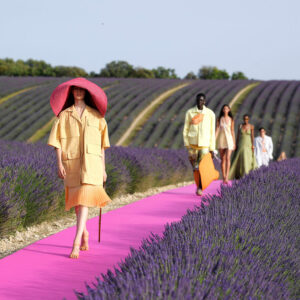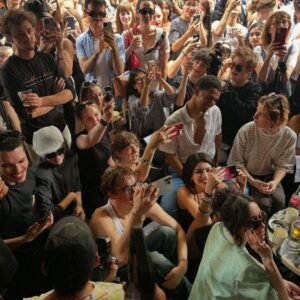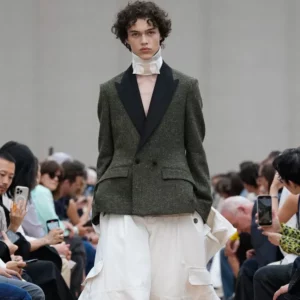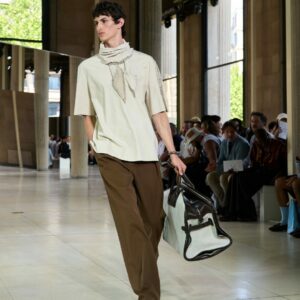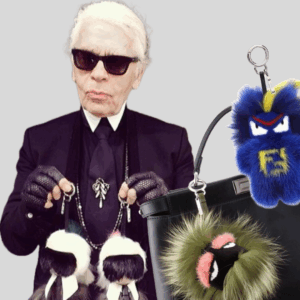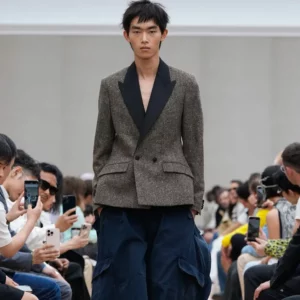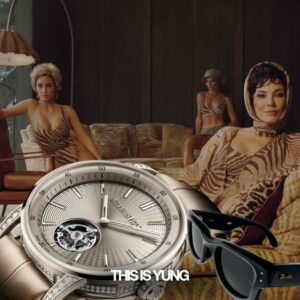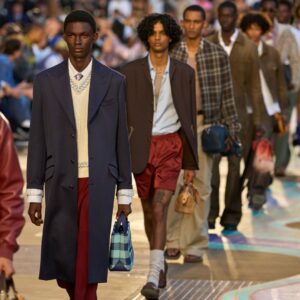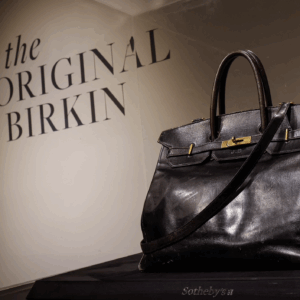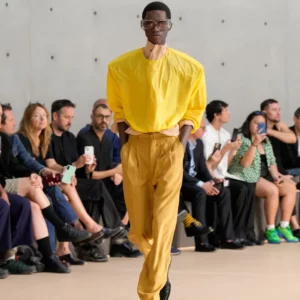For MENA models and the fashion industry as a whole, the region’s modeling industry, a fascinating field rich in cultural complexity, is no longer a background player on the international stage. Its narrative, teeming with flux and transformation, mirrors the region’s own diverse journey. As trends evolve and standards shift, one must ask: What is the new definition of beauty, and who gets to decide?
The answer lies with those who navigate this evolving industry. Their voices, echoing from all across the region, call for local control, thoughtful representation, and an in-depth understanding of beauty norms that have been in a constant state of flux.
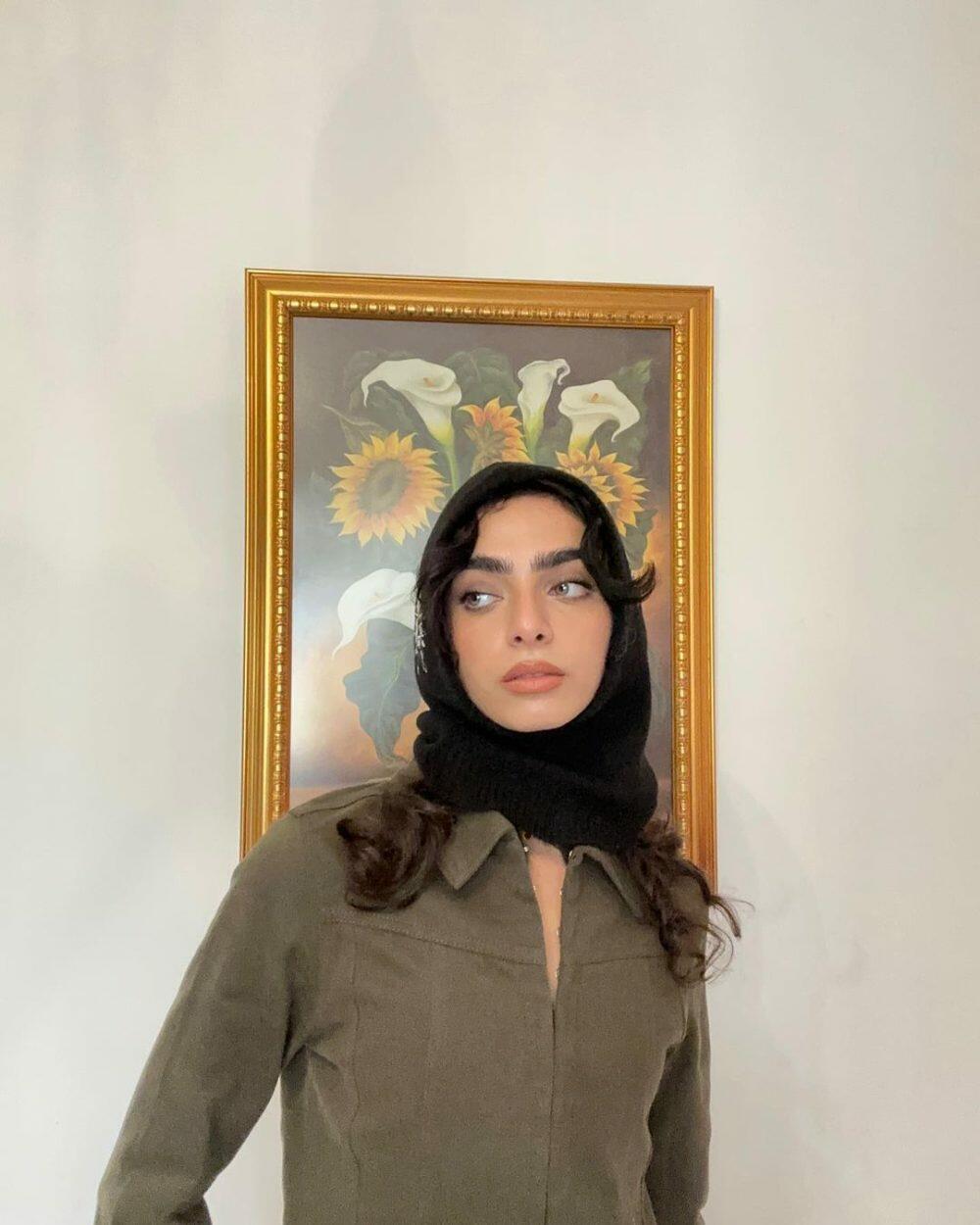
Central to this dialogue is acclaimed Egyptian designer Ahmed Serour, renowned for his contributions to high fashion and his efforts to reshape conventional beauty norms. Drawing from nearly a decade of experience, Serour’s insights offer a profound understanding of the ever-evolving fashion industry. “Nowadays, our clients ask for Egyptian-looking models, reflecting a substantial departure from Western-centric standards. We are now celebrating our unique ethnic diversity and beauty. This shift is much-needed and a sign of evolution,” Serour observes. His words underscore a new era of fashion, where Western ideals are giving way to a more authentic representation of MENA’s beauty.
But it is not just about ethnic diversity. It is also about breaking gender binaries. As Serour shares, “The whole world is now leaning more towards genderless non-binary fashion. It’s not just a trend.” This transition, incorporating a wide variety of models including those of Arab and Indian descent, is part of a global movement driven by both capitalism and the internet, leading to the breakdown of rigid beauty standards. The doors are opening for a more inclusive world, where beauty is redefined by each individual, each culture, and each unique identity. However, he cautions, “It’s a new fetishization for the Arab world. Our traditions, our identities are not just trends to be exploited,” emphasizing the necessity of discerning the driving forces behind these shifts and their motives.
He was echoed by Haifa-based Palestinian model Sharon Rose Benson, who critiqued the superficial “manufactured diversity” in the industry, “I’d want to see more MENA models and artists behind the scenes – to influence the essence of the production,” she says. Benson’s voice served as a powerful testament to the need for a deeper and more genuine representation, adding, “If brands aren’t targeting internal, and global inclusivity for the pure richness – they miss the mark.”
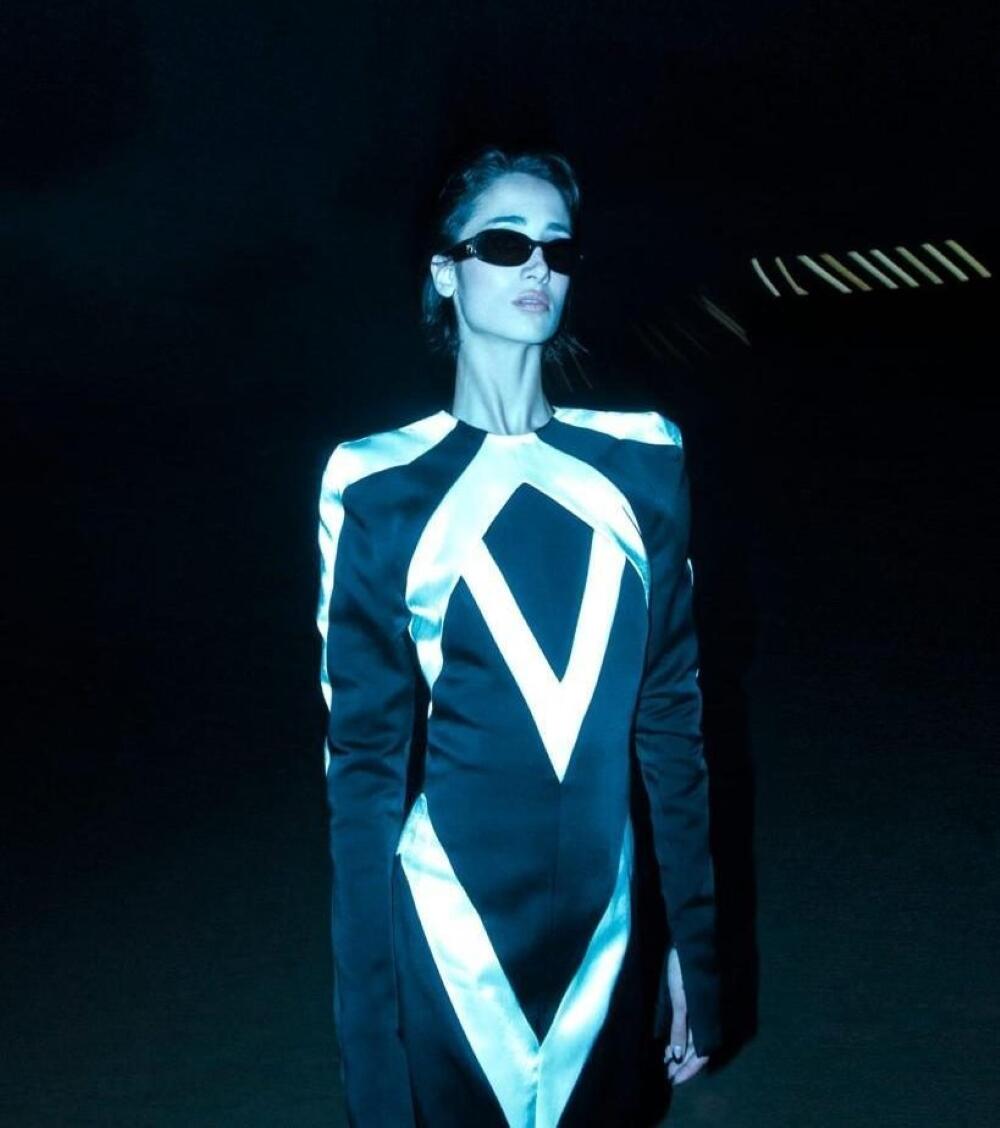
Then comes the need for local control, a topic that brought Serour back into the dialogue. The establishment of homegrown agencies in the Middle East offers more control and agency over how local beauty and aesthetics are represented globally. These agencies have the power to say “yes” or “no” to projects that align or clash with their standards. “Having our own agencies, having our own voice in general, makes us go through things in our own way. We need to control our narratives and present our models in ways that are authentic and genuine. It’s not just about inclusion, it’s about true representation,” he says.
Benson, while pointing out the necessary changes in the fashion industry, remains hopeful. She proudly asserts, “I’m here to nudge that, all the way from Palestine, I won’t limit my horizons because of locality, and circumstance.” She notes the increase in opportunities, yet she also addresses the need for further improvement. She commented, “More people are pursuing modeling and there are way more opportunities now compared to 5 years ago. Though with little resource and a history of suppression, creative productions are on the rise!”
“I want to change how disposable models are in general,” she says, advocating for a shift away from an intense focus on the models’ exteriors to their essence and presence. She urges models and brands to involve themselves in real storytelling and vision-building.

She also shares advice for aspiring models in the MENA region. She encourages self-reflection and advises against harsh self-criticism. “Don’t be too tough on oneself. Avoid falling into traps of ageism, sexism, and obsession with physical measurements. To Benson, modeling is a “practice in visual communication with the body,” and she encourages those on their journey to “excel at it! Be proud and honour your lot.”
Joining in on the conversation is Saudi-based model Abdullah I Ali, who echoed Serour and Benson’s sentiments on inclusivity. His perspective on the MENA modeling industry, still relatively nascent, further highlights the need for strong local agencies and the importance of diversity, as he says, “The industry can better reflect the diversity of the real world by actively seeking out models from a wider range of backgrounds and a variety of ethnic and racial groups.”
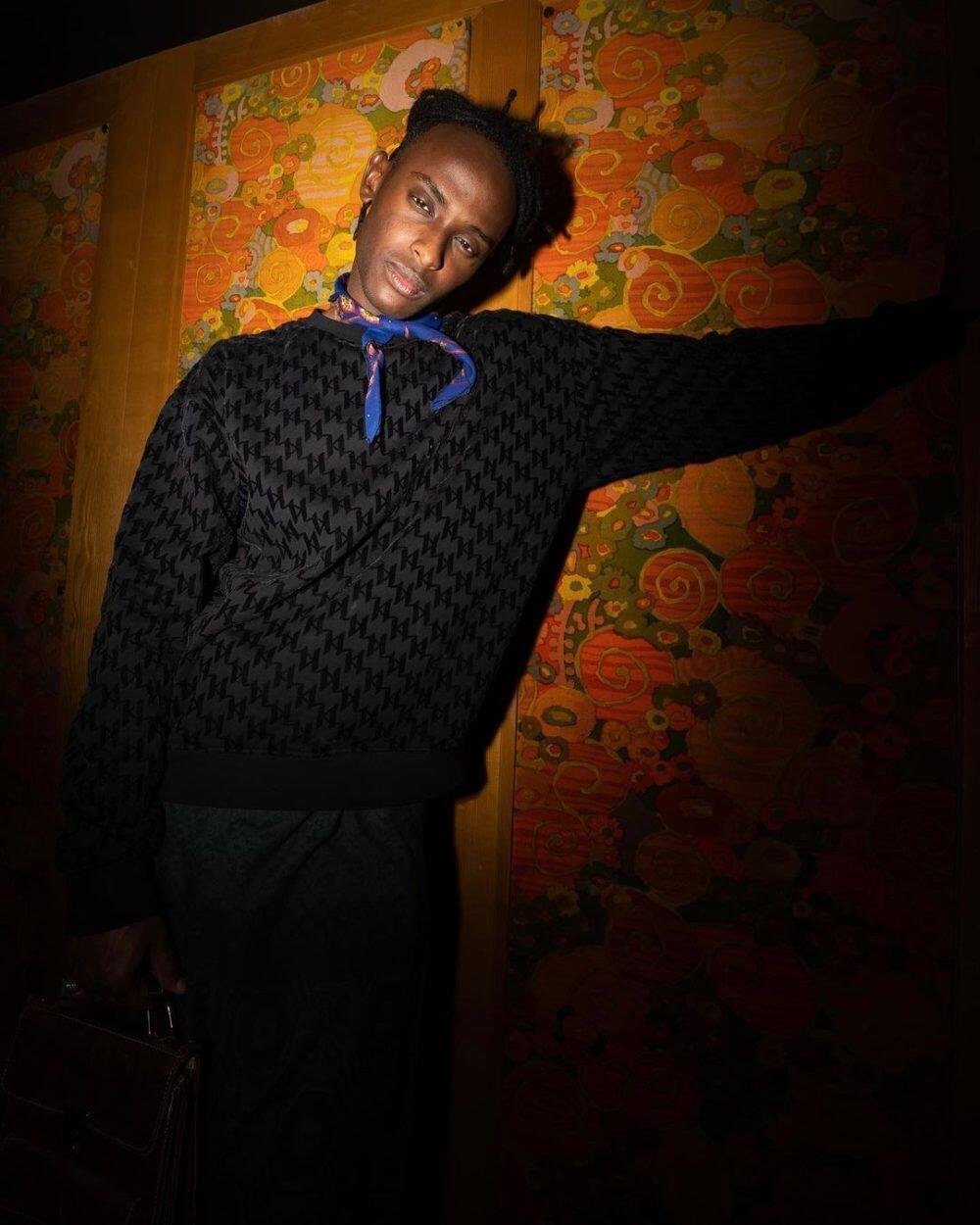
The struggle for individuality in an industry that often leans towards homogeneity is not lost on Ali. He shares his philosophy, echoing Benson’s emphasis on staying true to one’s roots and values. “Confidence is a state of mind, and maintaining mine requires me to be genuine, believe in a higher power (karma), and stick to my cultural roots and values,” he explains.
His advice to aspiring models in the MENA region underscores the importance of authenticity to him. “Do not take anything personally, stay consistent, original, and genuine. Your brand’s image is what will make you successful in the long run,” he advises.
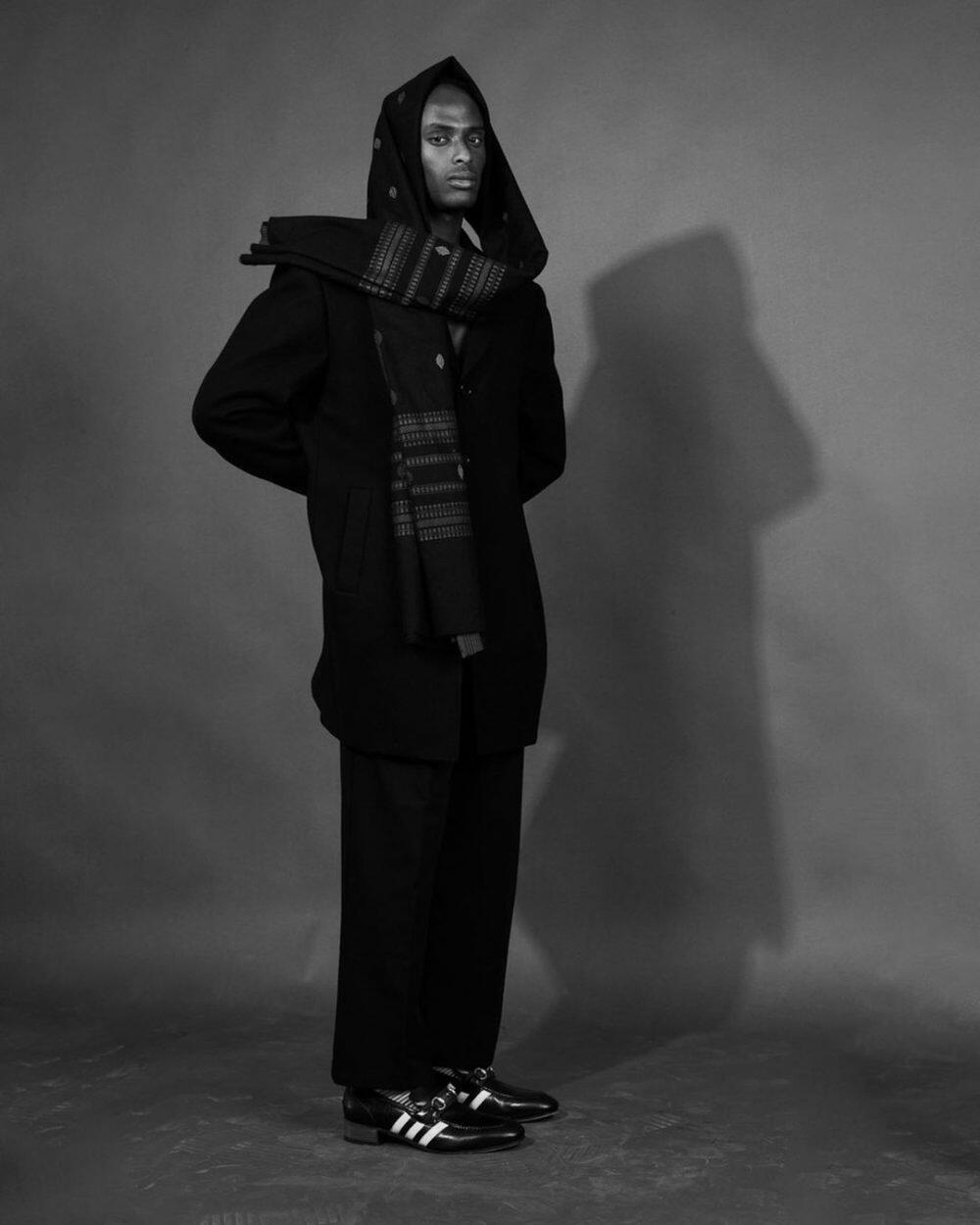
Egyptian model stylist and aspiring art director Sohaila Kandil, another key voice in this discussion, acknowledges the unique charm that MENA models bring to the global fashion industry. Kandil relishes the added diversity they bring, saying, “Middle Eastern and North African models have refreshing qualities that make the global fashion industry a lot more appealing and a lot more diverse. Not only do we represent our culture, but we are the embodiment of said culture and bringing in a piece of ourselves and of our beings into the creative work we do.”
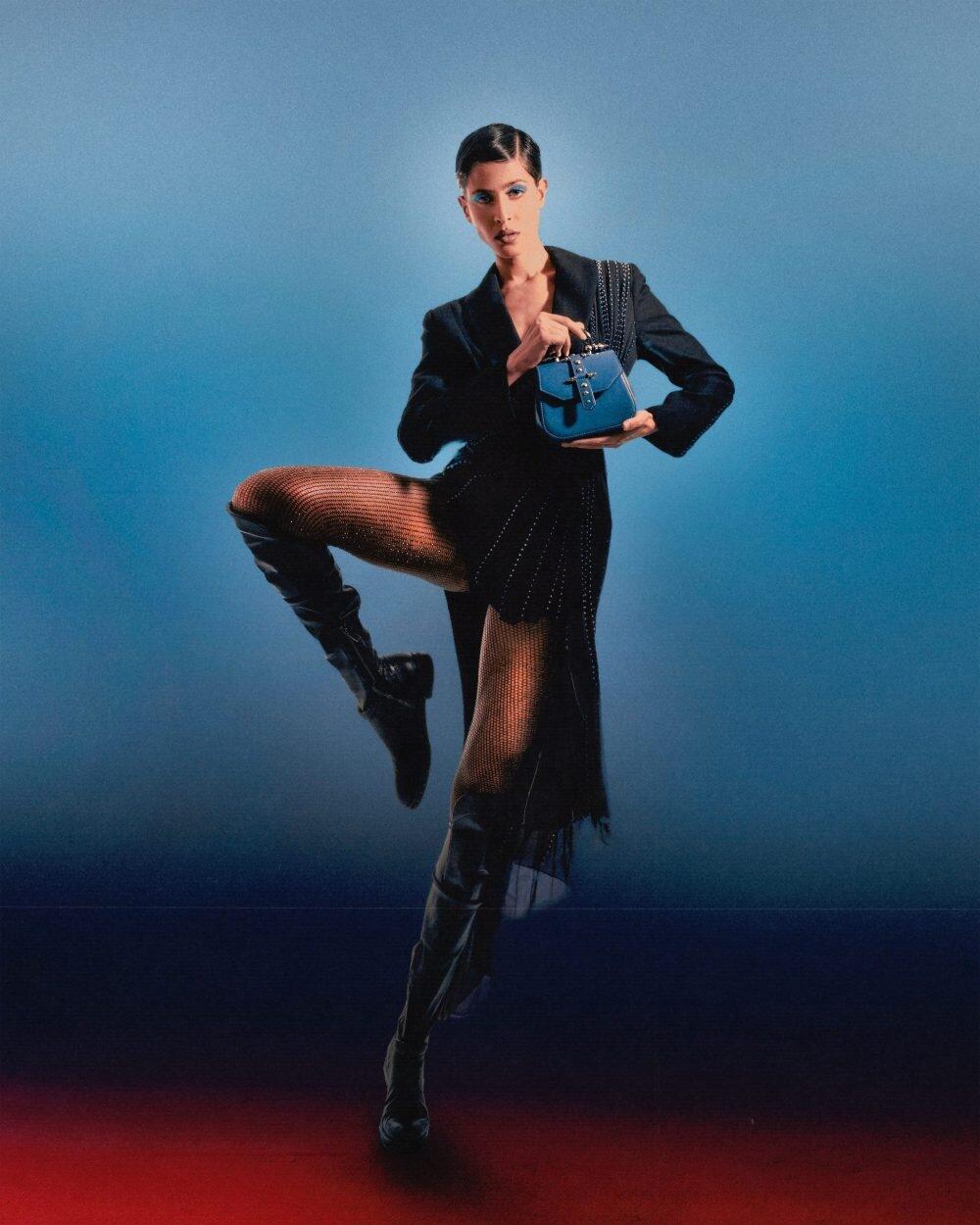
She stresses the importance of representation, “It’s very important to have someone represent you, especially when you live across the end of the world. It is hard to be seen or taken seriously when you have no one to take you on. I can personally say that working as a freelance model is a lot of work, definitely having someone to guide and take care of the logistics makes it a lot easier.”
In her vision of a more inclusive and realistic fashion industry, Kandil suggests applying rules and regulations to reflect the diversity of the real world better. However, she acknowledges the challenges, stating, “It’s like being given a pair of glasses to see the world as utopian when in reality we live in a very flawed time and age.”
She acknowledges that envy and egotism can hinder progress, but believes in the power of collective goodwill. “By pushing each other forward, by being supportive, by spreading kindness, and by standing up for those who need it, only then will the fashion industry, in general, be a bit more tolerable and less hectic,” she shares. Her voice adds another powerful layer to the collective call for systemic reform, making it clear that these shifts are not just desired, they are fundamentally necessary.
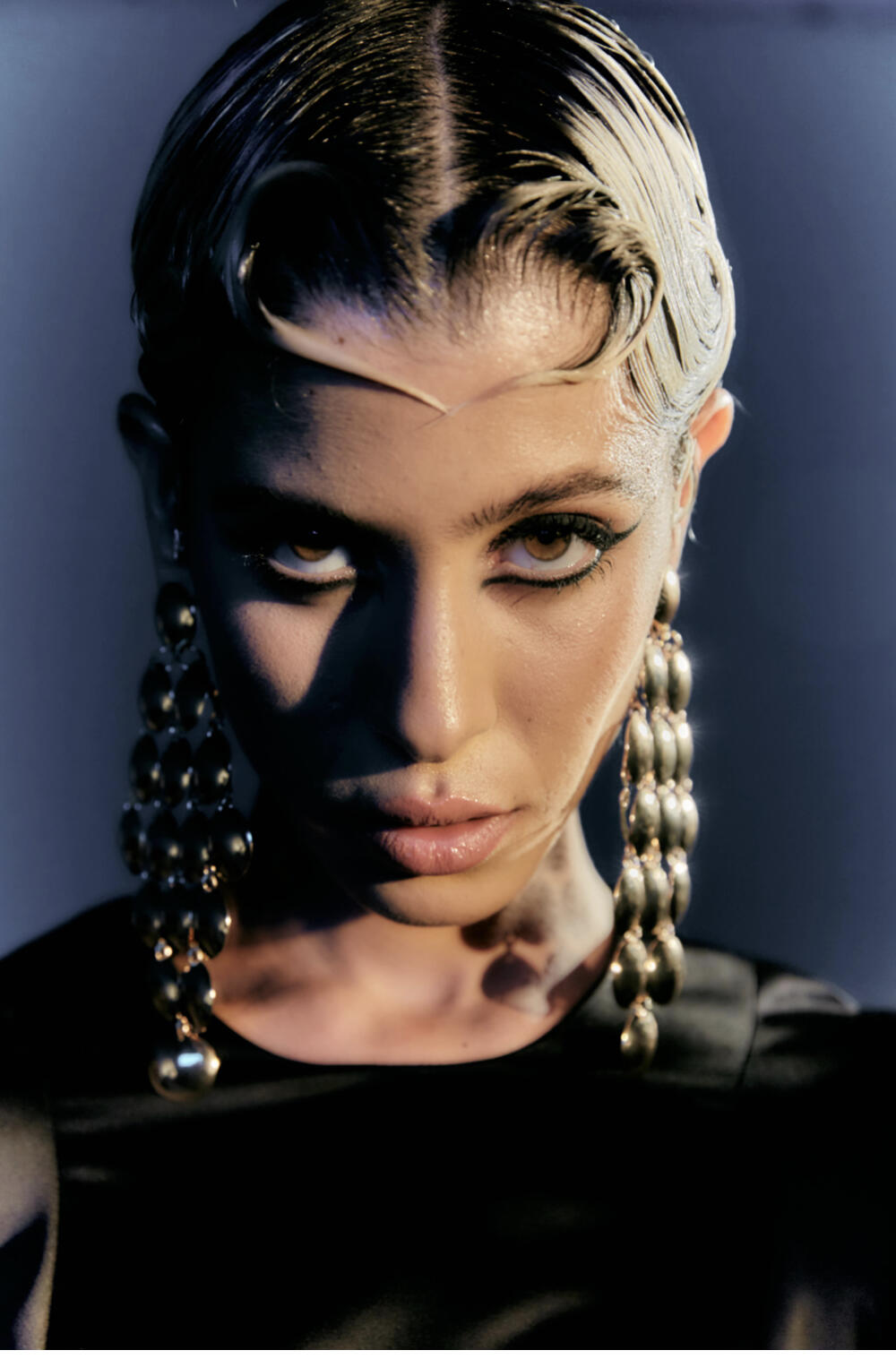
Her dream for a more equitable fashion landscape extends beyond tokenistic diversity, as she advocates for a system where deserving women can truly thrive. “I wish that representation would be a more prominent topic that is applied on the daily. I wish to see women who deserve to be on top actually stand a chance, not because we are inferior, but because we aren’t given the opportunities,” she poignantly observes.
Joining in on the conversation, Lana Albeik, a Palestinian-Syrian model based in Dubai who has worked with major industry players like Elle, Vogue, and Burberry, also shares her insights. The delicate balance she maintains—being an Arab woman who also draws from Western influences—offers a unique perspective on the intersection of tradition and modernity within the modeling world.
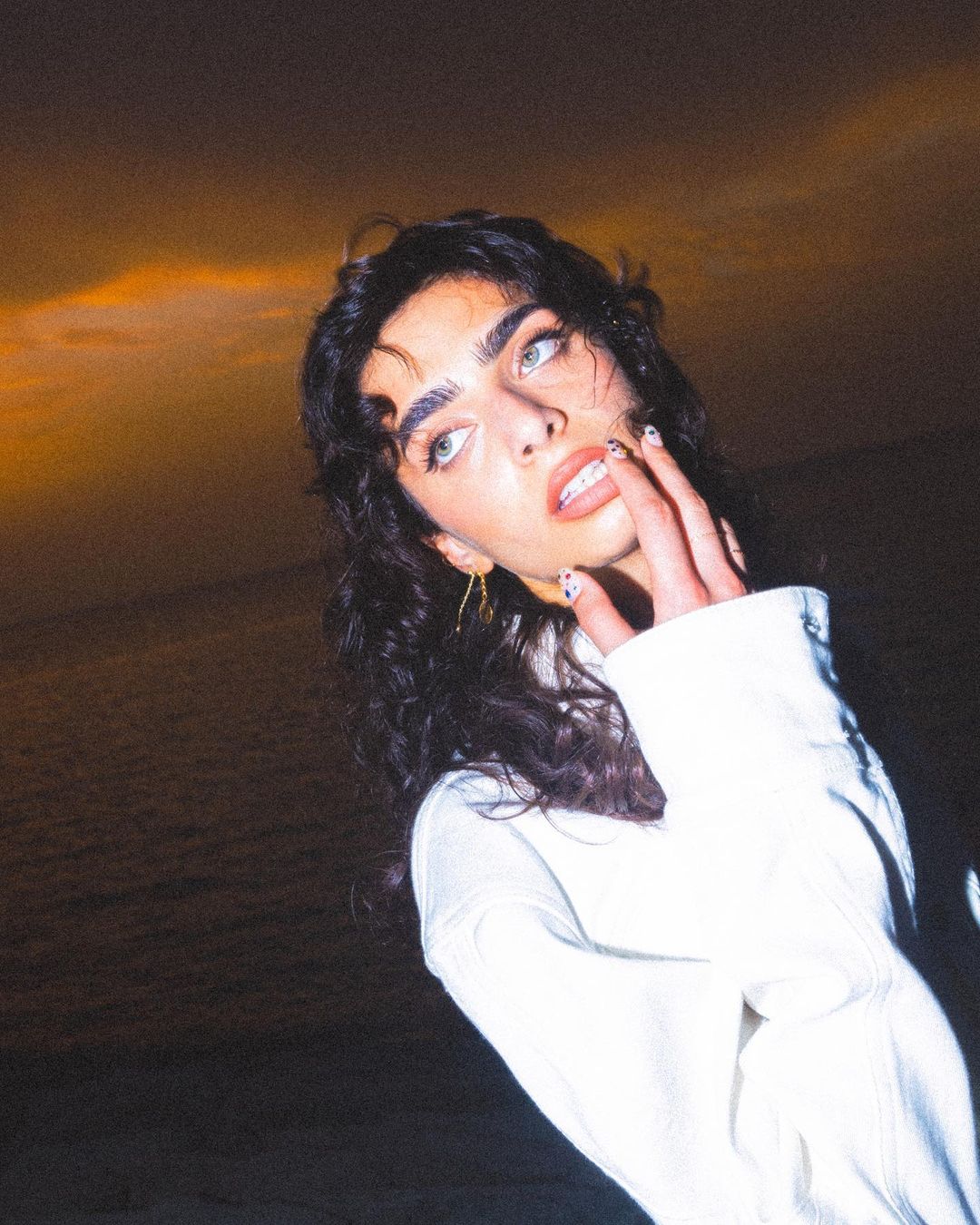
Her enthusiasm for the burgeoning representation of Middle Eastern and North African models is infectious: “It’s long overdue, and I’m excited for what’s to come! A lot of work needs to be done still, but it’s so delightful to see the first steps that have been taken.”
Mirroring Kandil’s faith in the potential of local models, Albeik affirms that success in modeling, rooted in youth and attitude, knows no geographical or demographic bounds. She also underscores the importance of more than just physical attractiveness in the industry, stating, “An attitude of confidence but with kindness and an understanding of what a piece of garment is supposed to make you feel when you wear it. How you wear it not just physically but with your posture and presence.”
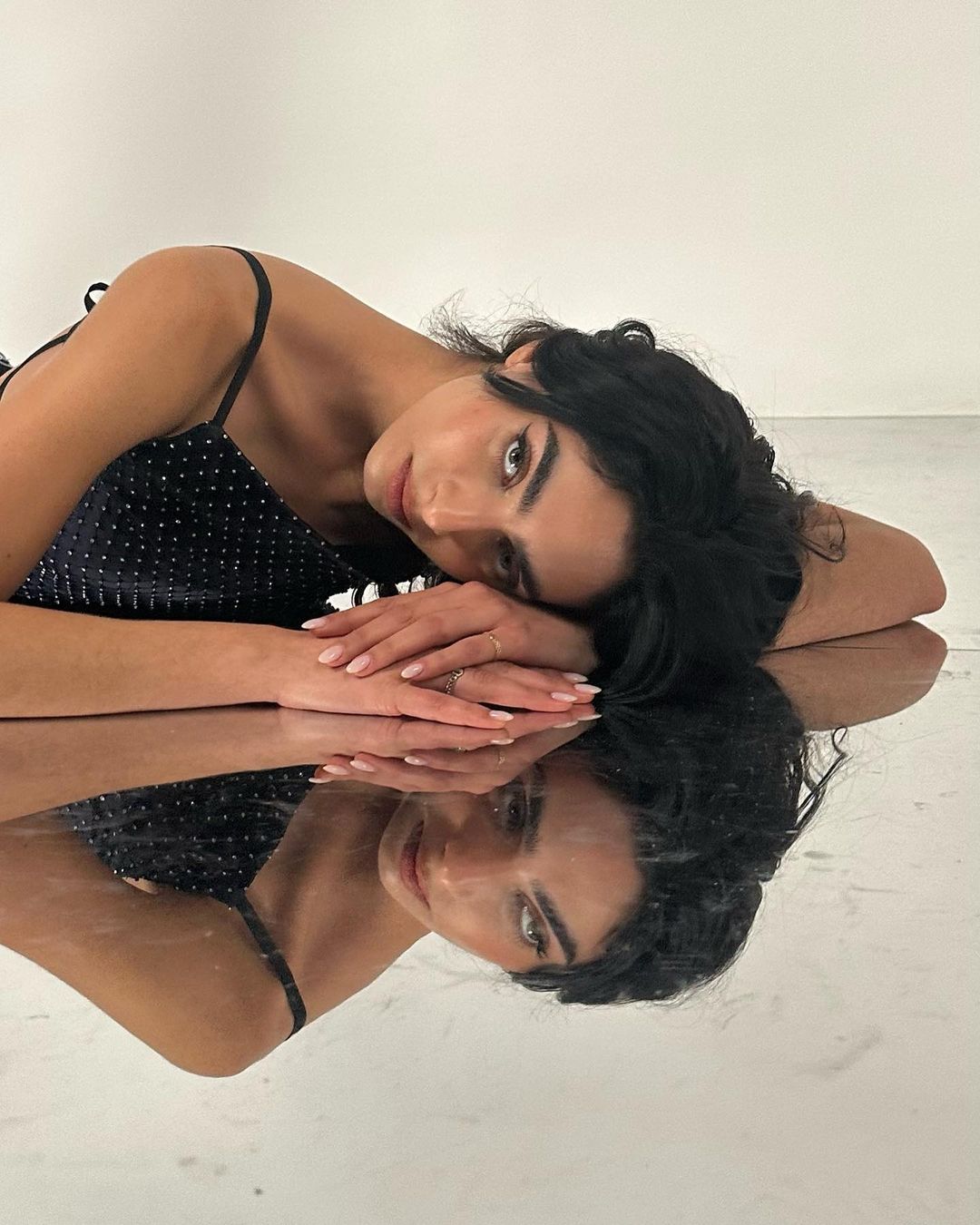
To aspiring models, Albeik recommends maintaining personal boundaries and understanding your own comfort levels. She advises, “Be in touch with what would make you feel uncomfortable while you’re on set, or while signing a contract, and be sure to say no to what brings you a feeling of unease. Setting boundaries is so important to pave a way in your career that would make it last long, with peace of mind.”
Albeik’s wish list for industry change includes dismantling unrealistic body expectations, challenging stereotypical beauty norms, and shifting the perception of models from being “mindless but pretty.” “Unrealistic expectations and pressure of reduced body measurements, the oblivious expectation for girls to have smaller noses and expecting them to get it done,” she states. “White being standard and everyone else being a category that suits certain campaigns and messaging.” She wishes for a more inclusive and accountable industry that reflects the real world’s diversity.
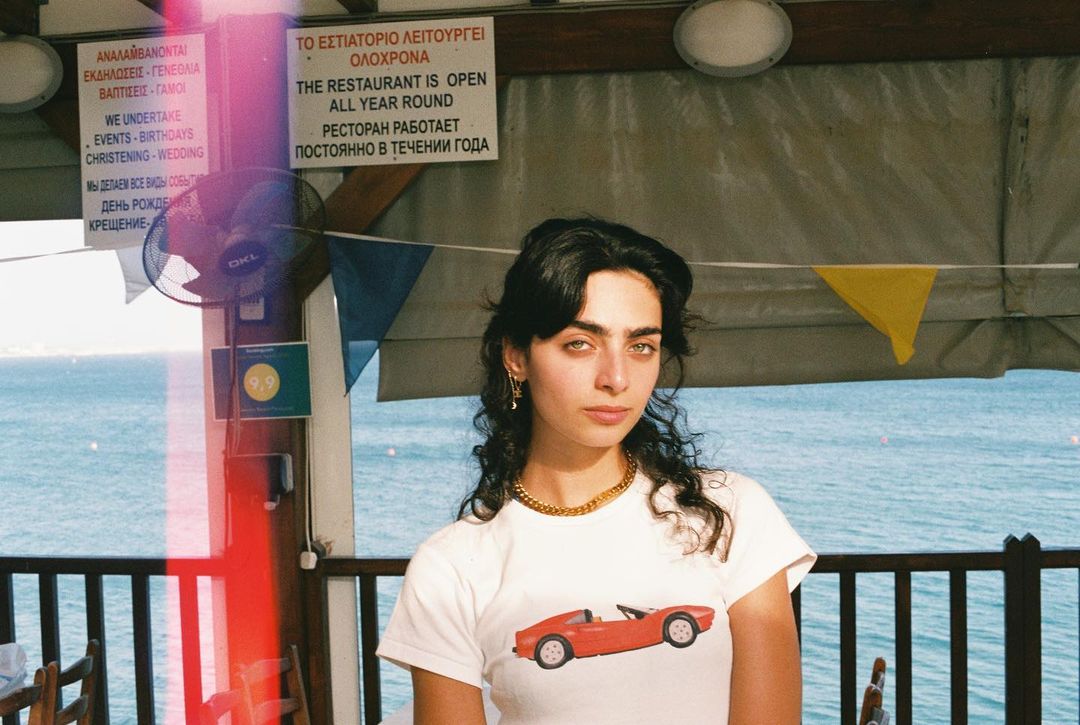
“I think this work starts with brands and agencies hand in hand. These social constructs of what it means to be white and its being linked to brand values are so common and ingrained in us. Tracing it back to agencies and brands to take accountability is the first step – then starting to be more inclusive is step two towards this change to better reflect a real world.” She laments the suppression of models’ voices, especially when discussing radical social issues, but has found a way to express her opinions in a more acceptable, journalistic manner. “Remembering that this is but a process of telling a story is what grounds me and reminds me that I don’t need to look a certain way to be here, and reminds myself [that] I am here now.”
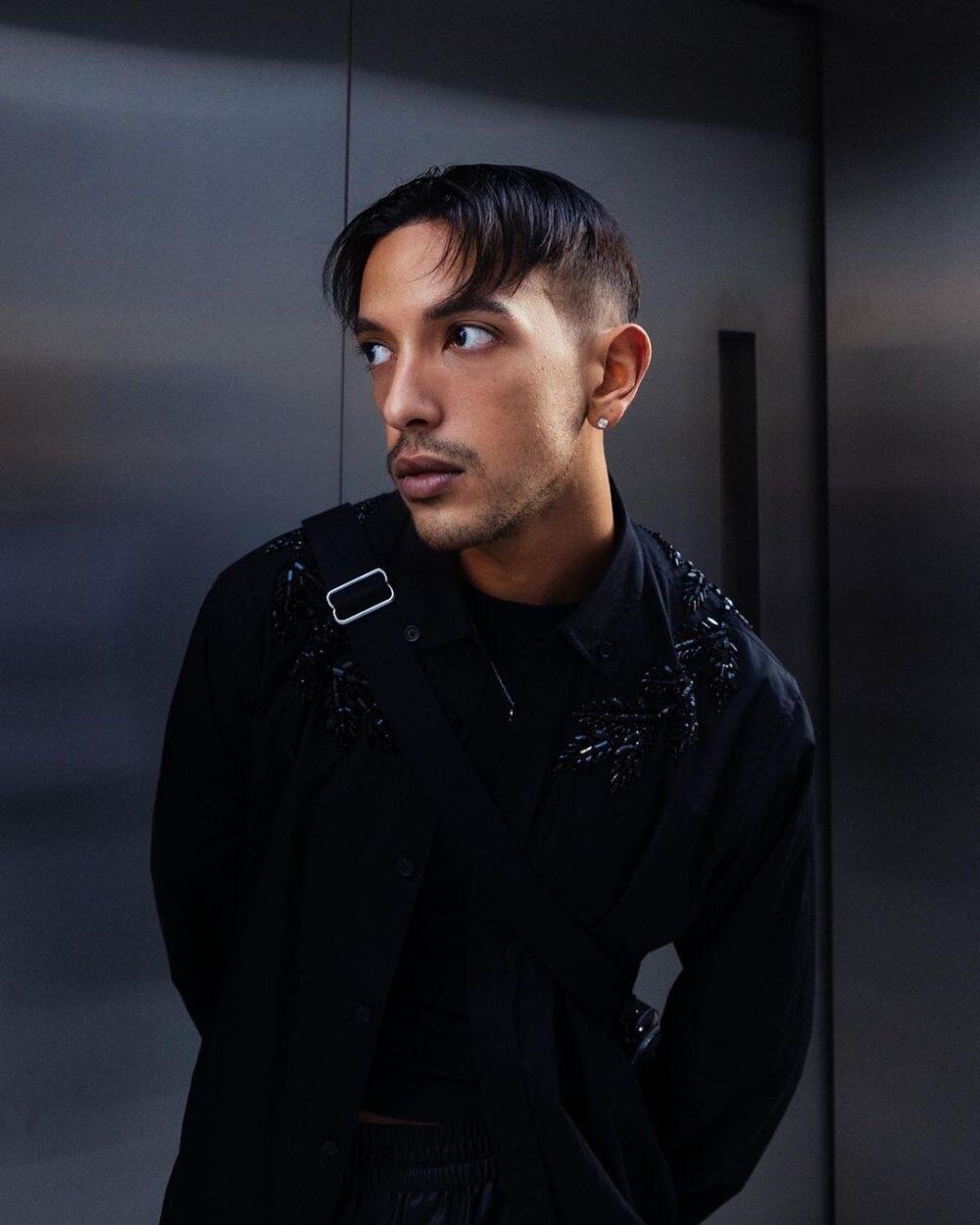
Adding to the rich tapestry of voices, Sudanese creator and model Korrii brings a fresh perspective to the table. He similarly expresses immense pride in the growing representation of MENA models, celebrating the platform it provides for cultural exchange and raising awareness about pressing global issues. He exudes confidence in the ability of local models to compete globally, proclaiming, “We are far beyond in the competition because naturally we are well-rounded and we have depth and personality. The biggest living example is Bella Hadid!”
Addressing industry change, Korrii highlighted the need for more adventurous spirit in the industry. “One thing I would change is that the industry should be more experimental and push the boundaries further to let our region shine brighter as we feel kinda limited when it comes to self-expression,” he says.
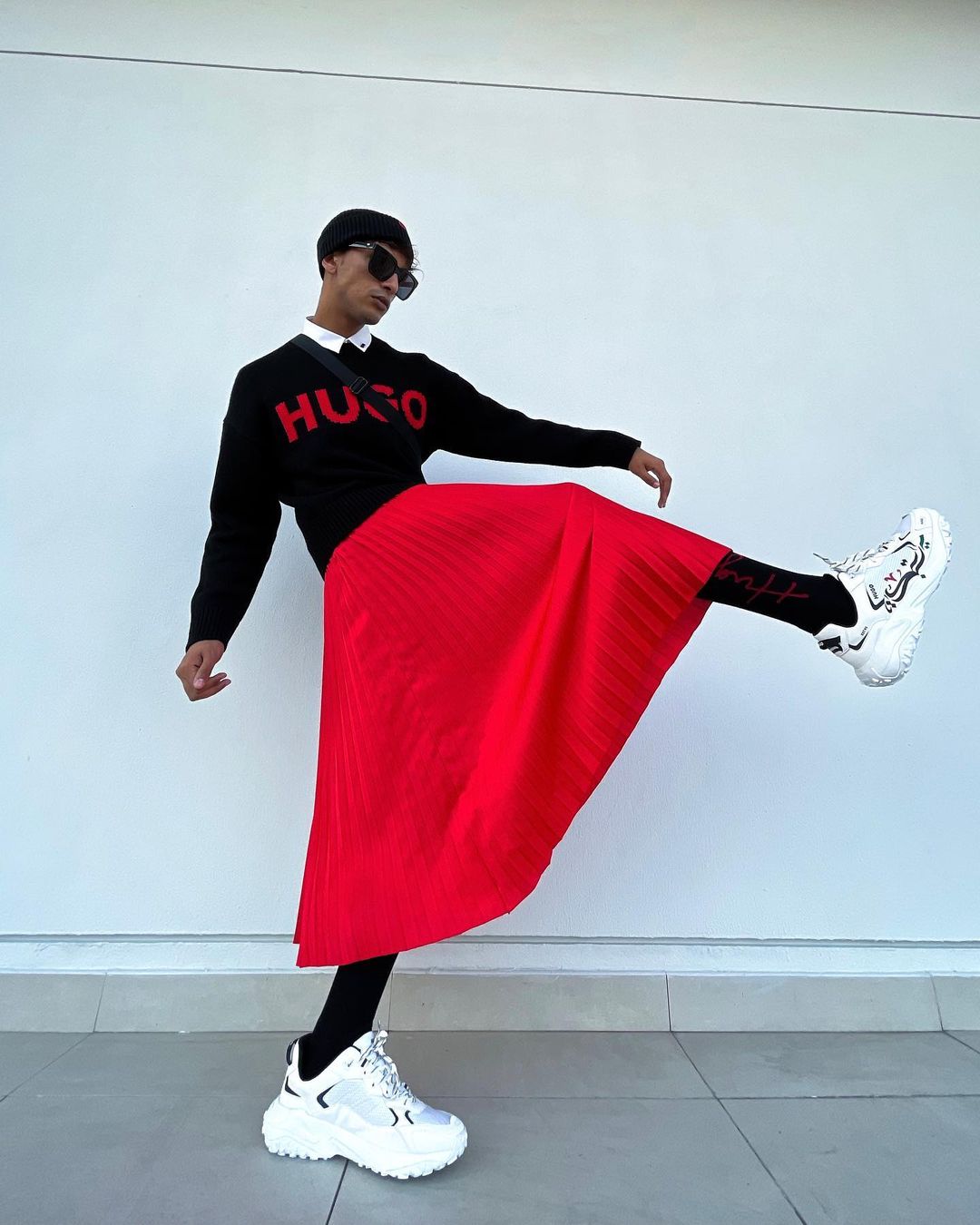
From Korrii’s perspective, he notes the importance of local modeling agencies in the Arab region. “They add structure to the industry in terms of quality control and regulation, as they play a huge role in connecting the talents with the right brands.” He suggests that more exposure to diverse talents and not playing it safe would help the industry better reflect the real world’s diversity. He encourages more exposure to diverse talents and a less cautious approach to better reflect the world’s diversity.
According to Korrii, models can utilize their platform to inspire positive change and champion greater inclusivity and diversity by “Sharing motivational stories, sharing tips and tricks on how to excel as a model.”
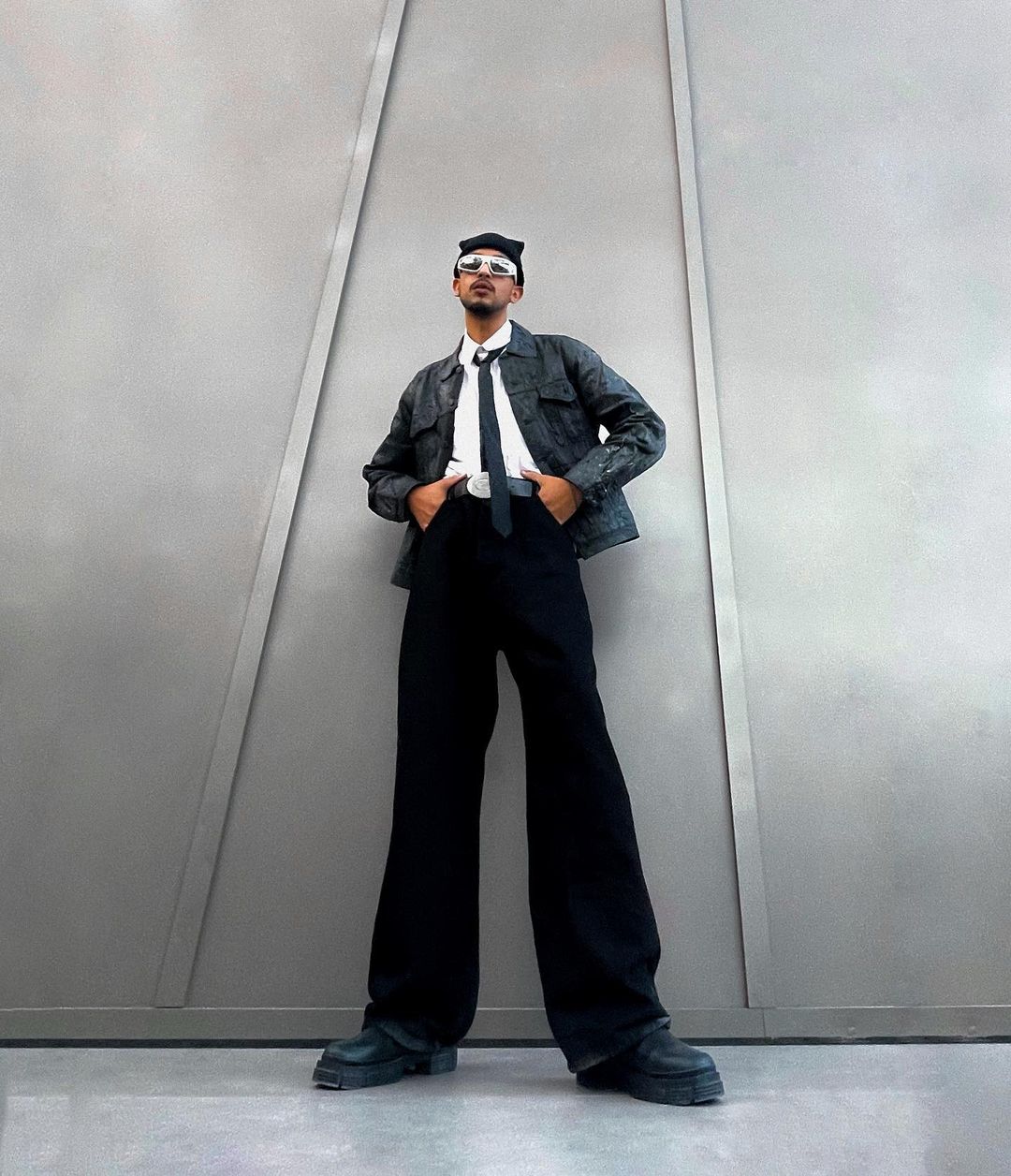
The dialogue between Serour, Benson, and their fellow MENA models provides an illuminating peek into an industry undergoing significant transformation. These insightful perspectives highlight the possibilities for systemic change, the urgent need for inclusivity and diversity, and the critical role individuals and local communities play in sculpting the future of the fashion industry. Their collective voices augment the global call for deeper, more authentic representation in fashion.
For more updates and insights from the world of fashion, like this talk with our MENA models, visit our dedicated pages.
